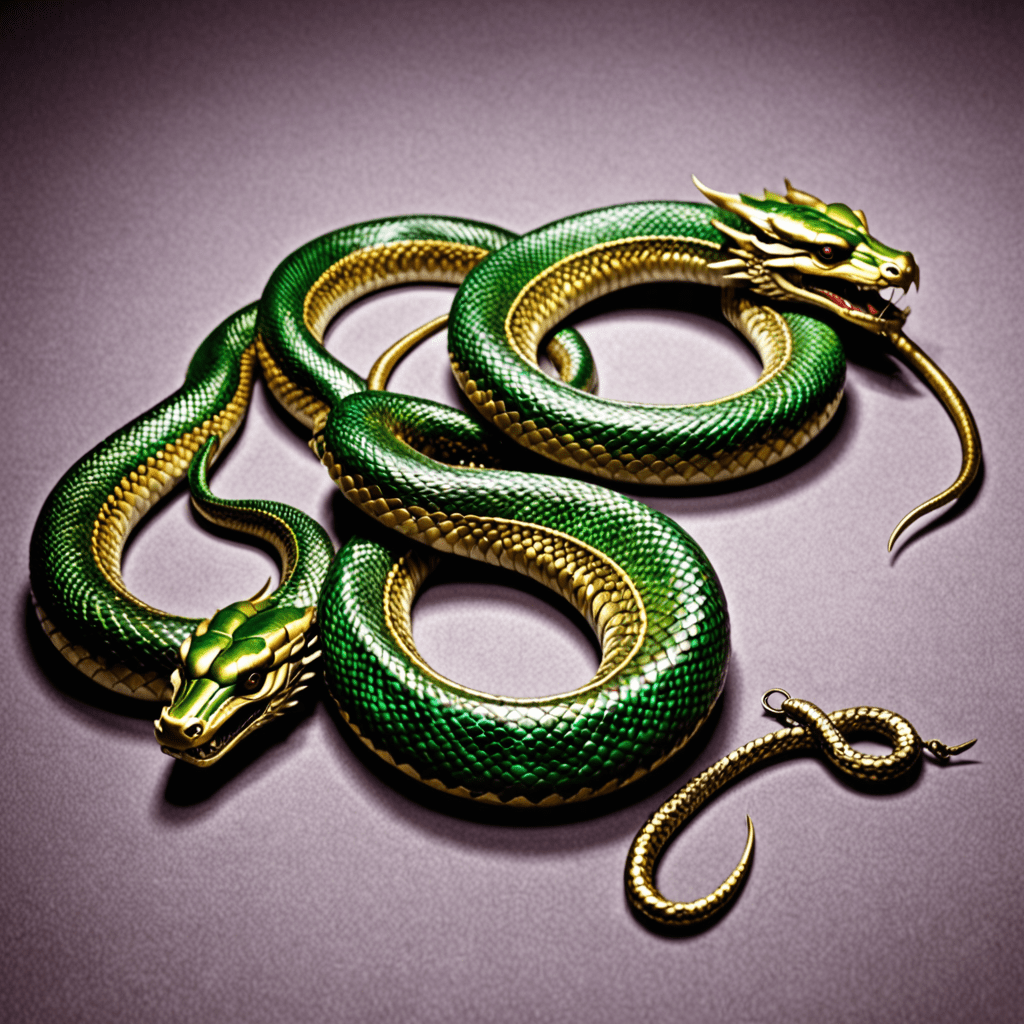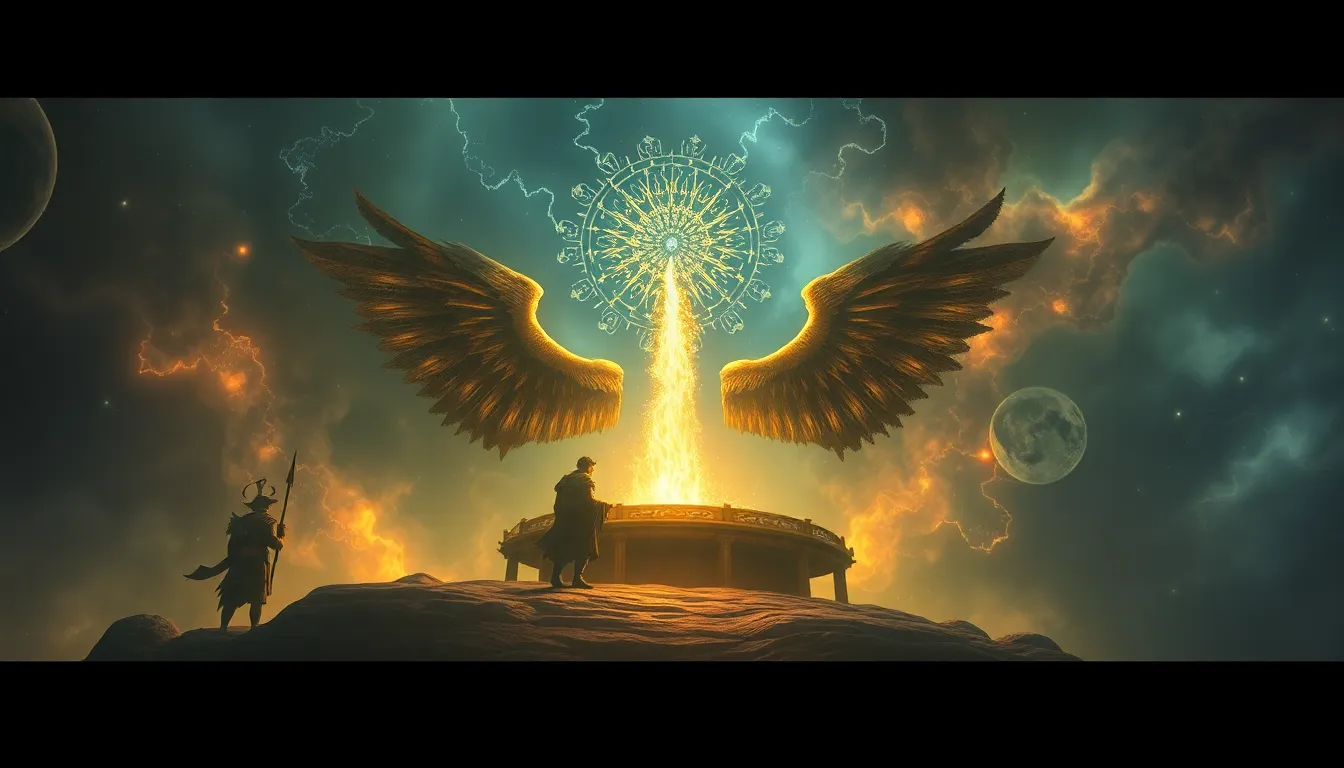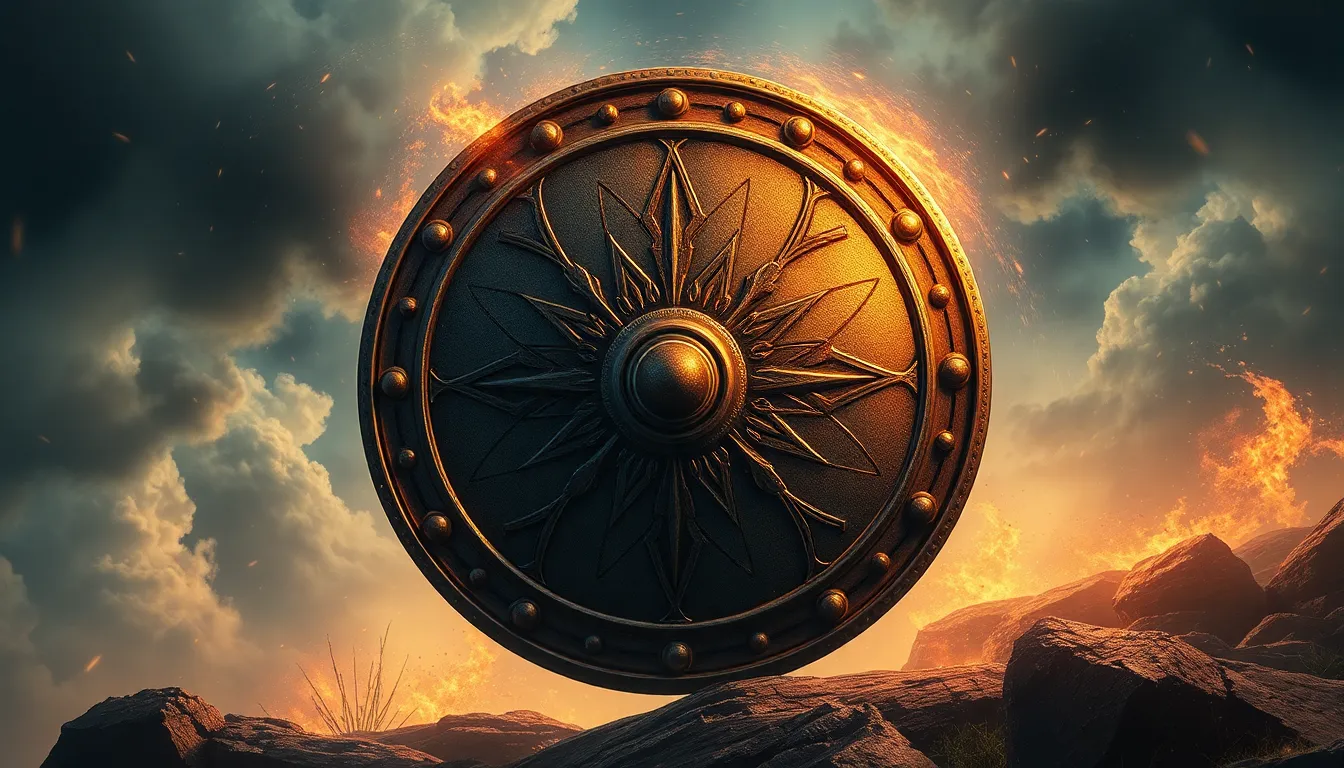The Symbolism of the Serpent in Norse Mythology
Introduction
In Norse mythology, the serpent holds significant symbolism, often representing both destructive and transformative forces. Throughout Norse legends, the serpent appears in various forms and contexts, each carrying distinctive meanings that contribute to the rich tapestry of Norse mythology.
The Serpent Jormungandr
One of the most prominent serpents in Norse mythology is Jormungandr, also known as the World Serpent. As a child of the trickster god Loki, Jormungandr is fated to bring about the end of the world during Ragnarok, the apocalyptic battle in Norse myth. Its immense size and role as a harbinger of chaos and destruction symbolize the ultimate challenge that the gods must face at the end of time.
The Serpent as a Guardian
Despite its association with doom, the serpent in Norse mythology also embodies protective qualities. The ouroboros, a serpent eating its own tail, signifies eternal cycles of life, death, and rebirth. This representation of continual transformation highlights the cyclical nature of existence and the intricate balance between creation and destruction in the Norse belief system.
The Serpent in Norse Artifacts
Artifacts like the Oseberg tapestry and the famous Viking ship burials feature depictions of serpents, emphasizing their significance in Norse culture. These artifacts suggest that serpents were not only mythical creatures but also held practical and symbolic value in the lives of the Norse people, possibly representing concepts such as protection, fertility, and cosmic order.
FAQ: The Symbolism of the Serpent in Norse Mythology
What is the significance of the serpent in Norse mythology?
In Norse mythology, the serpent represents chaos, fertility, and destruction. It symbolizes the eternal cycle of life, death, and rebirth. The most famous serpent in Norse mythology is Jörmungandr, also known as the Midgard Serpent, a creature that encircles the world and brings about cataclysmic events during Ragnarok.
How does the serpent interact with the gods in Norse mythology?
The serpent interacts with the gods in various ways. For example, Jörmungandr is one of the offspring of the trickster god Loki and plays a significant role in the events leading up to Ragnarok, the final battle of the gods. The serpent’s actions often bring about challenges and tests for the gods.
What role does the serpent play in Norse creation myths?
In Norse creation myths, the serpent is often linked to the primordial waters of creation and represents the chaotic forces that existed before the world was formed. The serpent’s presence signifies the eternal struggle between order and chaos in the cosmos.
How is the serpent viewed in Norse culture?
The serpent is both feared and revered in Norse culture. It is seen as a powerful symbol of transformation, wisdom, and the unpredictable forces of nature. While the



